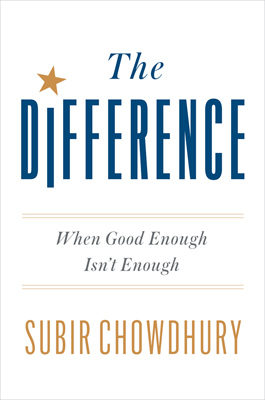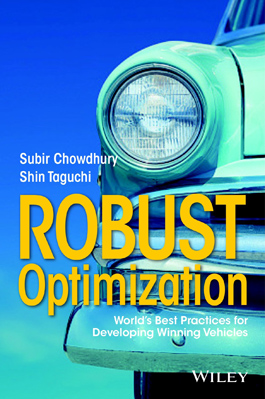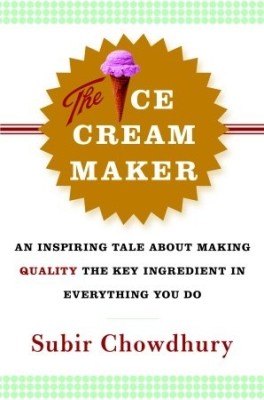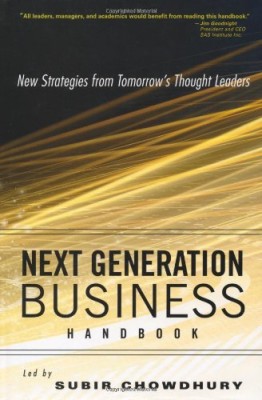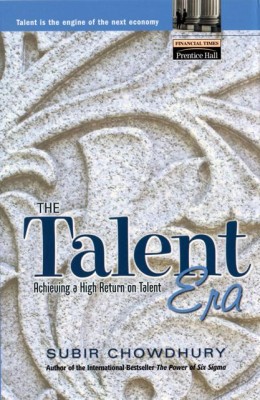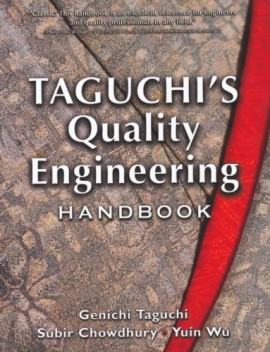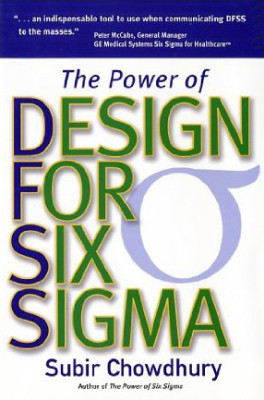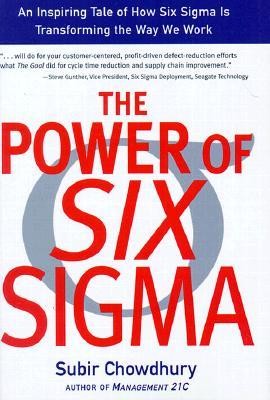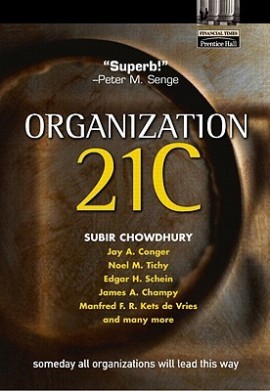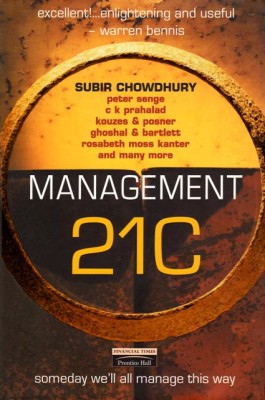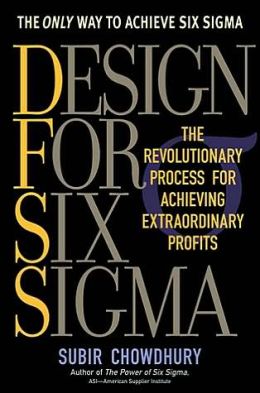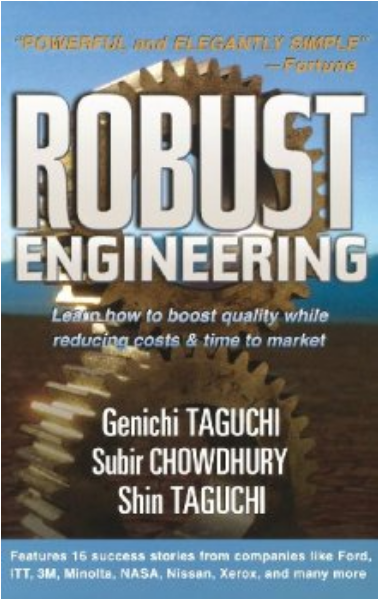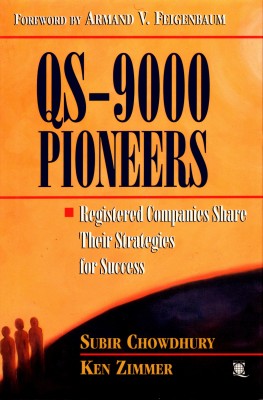Elements of People Power
Quality & Process
When ‘quality’ ceases to be just lip service from one employee to another – it becomes a process for continuous improvement toward perfection.
People make judgments about quality every day:
- Fresh from the automotive body shop, a young man inspects the repair work on his car, carefully appraising the smoothness of the paint job from every angle.
- About to purchase a new business suit, a woman spends a few moments examining the material, seams, and even the button holes.
- A new mother is deciding which of two different manufacturers of baby food she will buy, and makes her final decision based on the packaging.
- Exhausted from a long flight from Germany, a weary traveler opens the door of his hotel room, sniffs the air and firmly presses down on the foot of the bed.
Sometimes it is not at all about how something is engineered or where it came from, or how much work it took to build – the final assessment of quality depends entirely on how the person feels.
It’s interesting that so many companies focus on processes without input from customers or even their own employees: ‘top-down’ processes punctuated by statistical data and quality management controls. While it’s obviously important to focus on what goes on behind the scenes, what kind of quality can you possibly deliver without feedback from the people who actually create (employees) or use your products (customers)?
These days we do a better job of listening to the voice of the customer whether that customer is internal or external. But it was not until the late 1980s after the Japanese practically took over global markets that one major American automaker finally decided to listen to their customers.
More recently, a major home appliance manufacturer waited until its market share fell to half of where it was at its peak before finally turning to its employees for ideas on how they could improve quality. The company listened, and now market share is climbing back up. These are just two examples – there are dozens more of hard-won lessons on the power of people.
People power is the change agent that transforms all processes. When personal experience is added to your statistical data, all solutions are enhanced. When people are adequately encouraged and enthusiastic about their contributions, the transformation in the corporate culture is almost instantaneous. The elements of people power are honesty, empathy, resistance to compromise and ethical behavior:
- Honesty happens when management is frank and steadfast with everyone in the organization, not just the executive team. The effect is always immediate and always sincere. Honesty also triggers something very powerful – your people will also be honest and motivated to push complacency and carelessness out of the organization. Among the four elements, honesty is the most powerful.
- Empathy happens when we look at things from someone else’s perspective. People begin to have a greater understanding and make themselves open to change – even on hard attitudes and opinions. Empathy is the slowest paced of the four elements, but it has the greatest overall effect.
- Resistance to compromise takes shape as an attitude – a firmness toward accomplishment and against sliding away from work that must be done. Resistance to compromise also makes us aware that no problem solves itself. When we resist compromise, we grab hold of problems and never let a single detail slide away. Resistance to compromise means not accepting second best—good enough is never enough.
- Ethical behavior goes beyond knowing the difference between right and wrong, to include accepting responsibility for our choices. Ethical behavior is trusting our gut to do the right thing.
When all the elements are working together, people power grows in strength—and that’s a beautiful thing to experience. The more honest we are, the more empathy we have, and the greater our resistance to compromise, the more resilient will be our ethics.
Welcome to the engine of people power.
